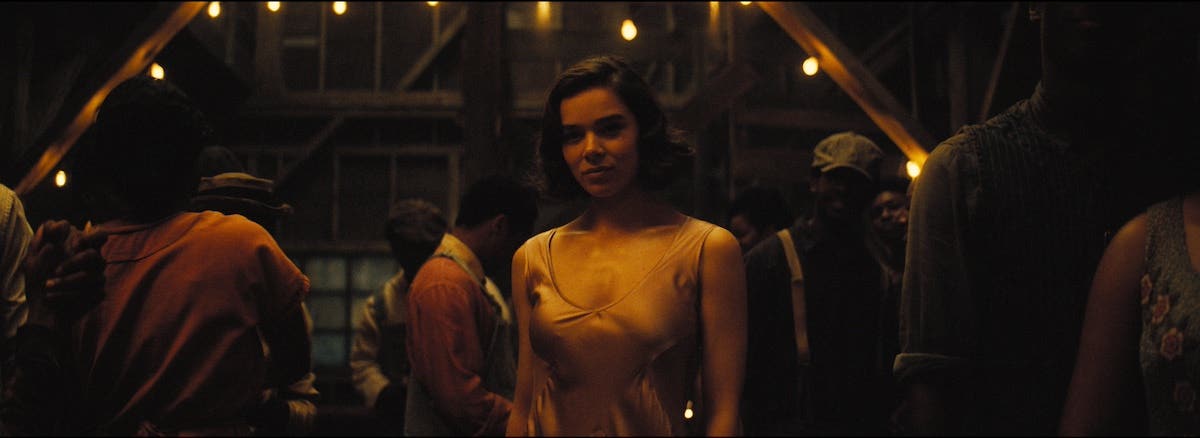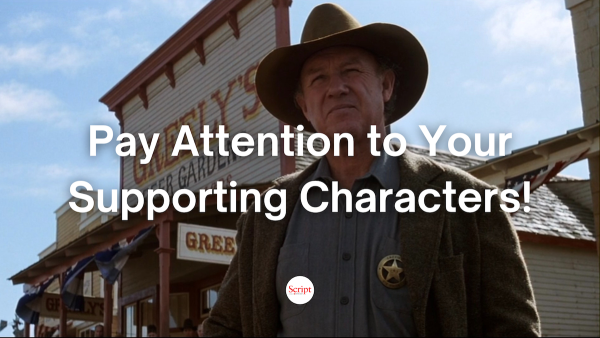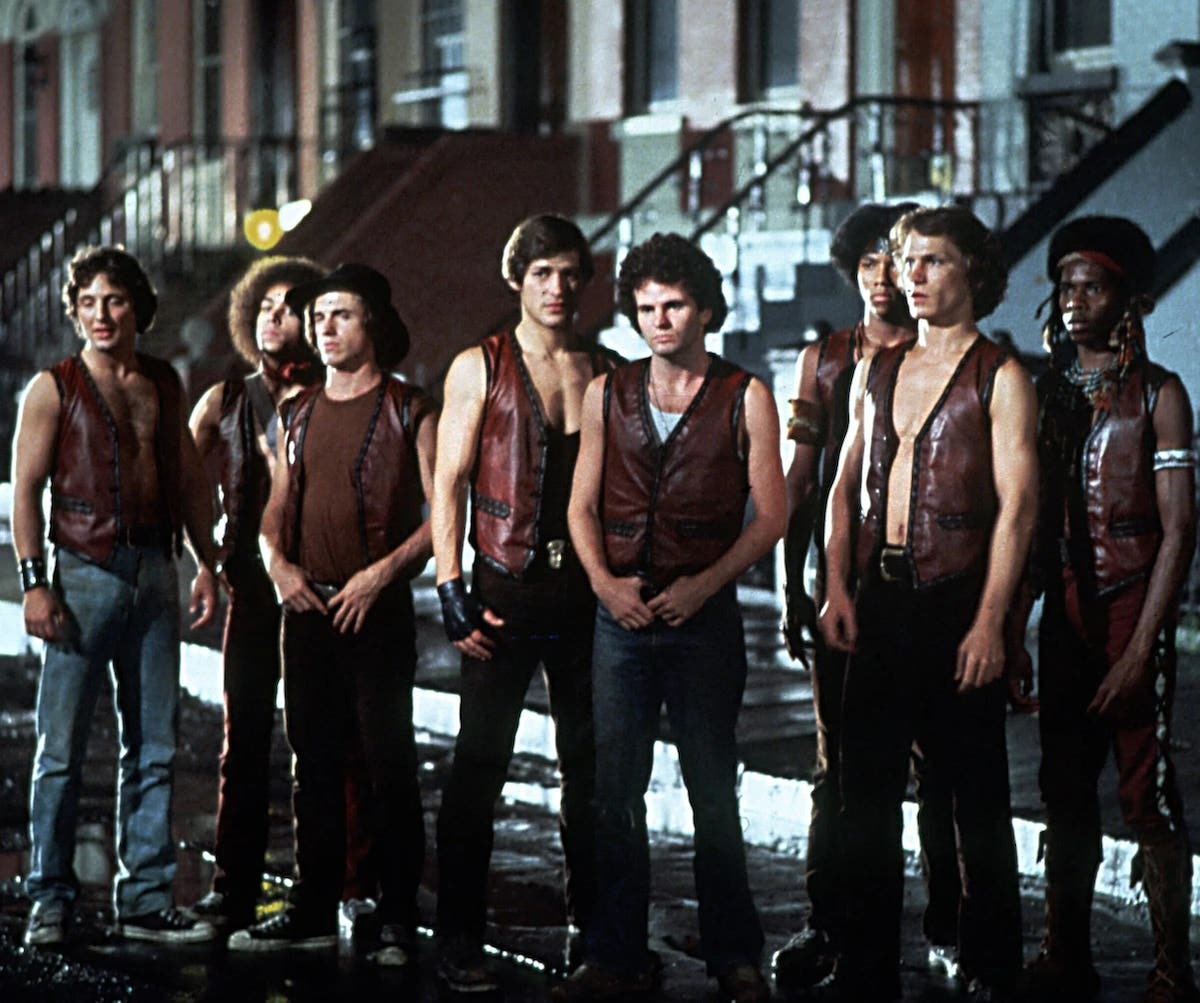Notes from the Margins: Tick, Tick, Tick…Boom! How Inserting a Time Clock Can Help Your Story
No matter the genre, using the device of a time clock in your story – a deadline, a ticking clock, a moment that must be met, etc – is a great way to naturally raise the stakes in the story and for your character.
You've got one hour to fix your script by adding momentum, a quicker pace and higher stakes or an asteroid will plunge into the Earth and destroy humanity. What do you do, hotshot... What do you do?
If you answered "add a time clock," congratulations – you just saved the world. And your story.
No matter the genre, using the device of a time clock in your story – a deadline, a ticking clock, a moment that must be met, etc – is a great way to naturally raise the stakes in the story and for your character. It's also an easy way to add urgency, suspense, momentum and ensure that your story is properly and quickly paced and is kept on track so that there are no serious lags.
Without some sort of ticking clock, the stakes of what could happen in your story are hypothetical. The world could explode…at some point...in the future...maybe. If you don't have any kind of time clock of any kind in your story, you run the risk of meandering and getting boring.
Generally, the tighter the time clock, the greater the momentum and pressure on your character it will cause, but it depends on your story. Whether your character has 30 seconds to disarm a bomb, 24 hours to complete a task, a week until the girl of his dreams is due to arrive, or 9 months until she has a baby, you can use that time frame to help structure your story and your characters' arc. The time clock element is what compels them to seek out their goal or objective.
For instance, in Deep Impact, the impending arrival of the asteroid actually changes Tea Leoni's character. At first, she's this hard news woman only after the story. The announcement of the asteroid makes her connect with her mother and begin to soften. And after the attempt to blow up the asteroid fails and its arrival is imminent, she reconnects with and forgives her father and finds her emotional resolution. Yes, the physical catalyst is the asteroid, but it's the ticking clock of when the asteroid will hit that impact her actions and emotional growth and make the stakes for finding a way to save the world more exciting.
Keep in mind that for a time clock device to truly impact your character, it's something they have to be aware of. If you keep it a secret from your character, it may still be exciting for the audience and sometimes the audience knowing something the character doesn't can really work, but it will not aid in the development of your characters' arc.
As I said, it's not just disaster movies like Armageddon or 2012, or action movies like Speed or Die Hard 3 that use time clocks. In thrillers, there's almost always a time element. If we don't catch the killer by Friday, he will kill again. Or if we don't find her body in 24 hours, she will run out of air. Or whatever the situation. Great examples of thrillers with time clocks include Nick of Time, Oxygen, 88 Minutes, etc.
How about if you're writing a comedy? Well, in The Hangover, they had to find Doug before the wedding and the time clock of the wedding was a huge factor in the pace and action of the story and acted as a great motivator. In American Pie, the time clock was losing their virginity before their impending graduation. In Little Miss Sunshine, they used the time clock of when the pageant starts to keep the action moving. Of course Groundhog Day used its time clock in an ingenious way and based its whole high-concept hook around it.
Adding a time element can be the key for creating tension in a romantic comedy. An impending wedding, a milestone birthday, an upcoming date, a family or high school reunion, etc. – are all time clock devices. In films like Knocked Up and Nine Months, the time clock is the pregnancy term and with each passing trimester, the comedy, stakes and tension increases. It's the time element that kicks your character into gear and makes them re-evaluate their life and their love.
Time clocks can be used in ingenious ways in TV series as well. Obviously 24 is the greatest example, but shows likes Homeland, Breaking Bad, Boss, Prison Break, and even How I Met Your Mother use a time clock in some way to keep the story moving (though granted, a more extended time clock to allow for 5-10 seasons).
Some shows like Breaking Bad and Boss use the characters' own health as the time clock which not only helps explain their motivations and arcs, and makes you connect with them on a personal level, but it heightens the stakes for why what they are doing is important.
Very often there is no specific ticking clock, but your character has to complete his or her mission or task or figure something out before something else happens – and they don't know when that is going to occur so they have to act quickly. For instance, in The Departed, Leo DiCaprio has to get the evidence he needs before the rat finds him out and he is exposed.
In Buried, Ryan Reynolds has to figure out a way to be rescued and escape the coffin before his air runs out. We don't know the EXACT minute when that will be, but it's in the near future.
In 127 Hours, the time element is used to track his journey and his emotional state and with each passing hour, it gets worse and the stakes are raised. The time clock is just how long he can survive but the time element is utilized in a way that really grabs and impacts the audience. Setting up that time frame in the title and tracking it throughout keeps the audience on the edge of their seat because they know what's coming and the momentum builds as the hours pass.
Where do you insert this time clock? Every story is different but I would suggest that the beginning of your second act is a strong place to insert this device if you haven't already. You've set up what your characters have to accomplish and what the overarching stakes are by the end of your first act, but now adding this time clock twist to the mission or adventure immediately kicks the story into next gear, and this usually occurs at your first turning point in your second act (pgs 32-42ish).
Your time clock is also an external antagonist your character has to fight against, and can add another layer of pressure to what's going on.
And remember to always track your ticking clock. Tracking, again, is making sure that the elements in your script have a proper set up, build, execution, and pay off. If you set up that your character has 8 hours to complete a task, don't forget about that for the first 7 hours.
You have to plot out your action to match the time clock in a natural way and you have to show us the progression of that ticking clock. If a story's timeline isn't tracked well, that can lead to inconsistencies in your story or confusion about what's going on and when.
The time clock usually expires around your climax point, or whenever your hero accomplishes his goal or mission. It would be pretty anti-climactic if your time clock ended on page 65 and then you had 40 pages where there was nothing on the line and no immediacy to your action.
Now of course not EVERY story needs a time clock. It has to feel natural to your concept and action, and you should never force it. Shawshank Redemption, Fight Club, Usual Suspects, Forrest Gump – they don't really use time clocks to progress the story and they turned out just fine. Most "personal private journey" dramas don't have a set time clock, though maybe having one would make these movies more bearable.
In general, whether your character is saving the world, having a baby or anything in between, utilizing a time clock device in some way can help move your story along, improve your character arcs, increase stakes, tension and suspense, and ensure that your story will be successful in 3...2...1...
Danny Manus is an in-demand script consultant and founder of No BullScript Consulting, and was ranked in the Top 15 “Cream of the Crop” Script Consultants in 2010. He is the author of No B.S. for Screenwriters: Advice from the Executive Perspective. Danny shares notes, tips, lessons, anecdotes and information that will hopefully improve your writing, enlighten you about parts of the business that aren’t talked about, lessen the number of notes you get in YOUR margins, and help you further understand what breaking into this business and staying here really entails. Twitter: @DannyManus







